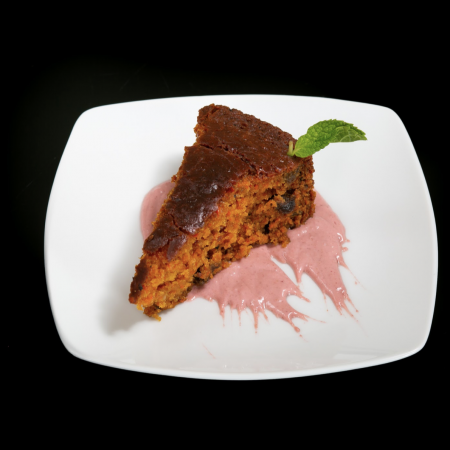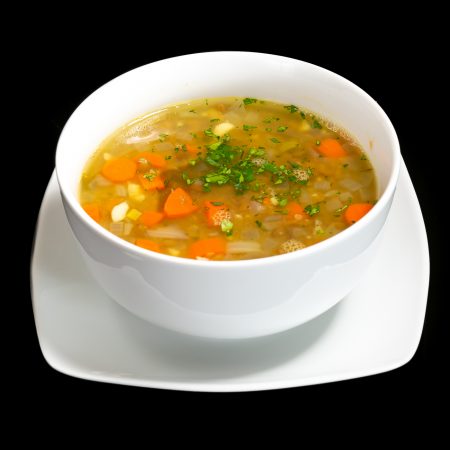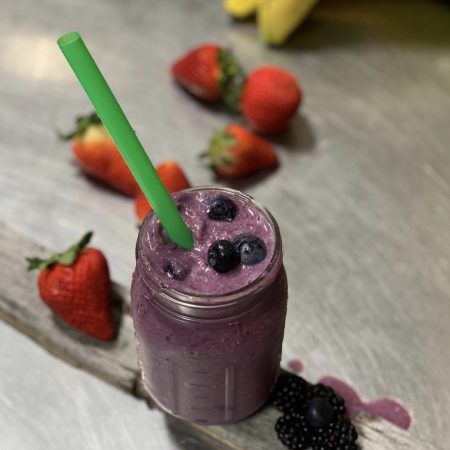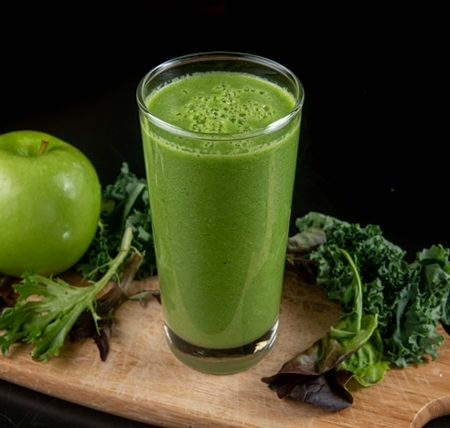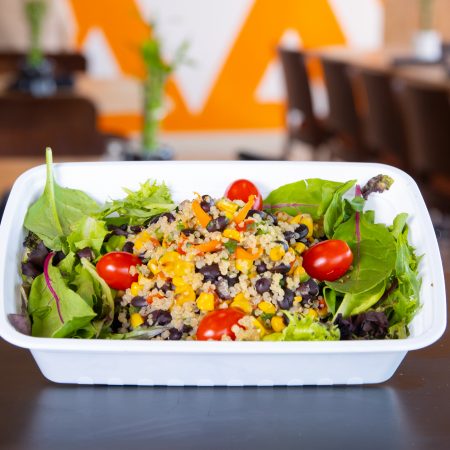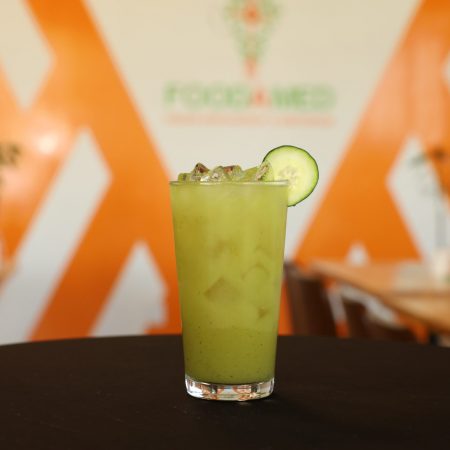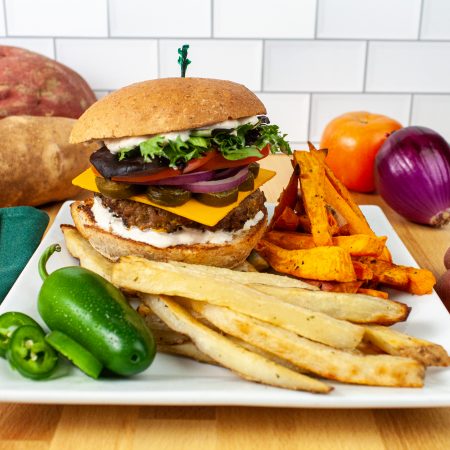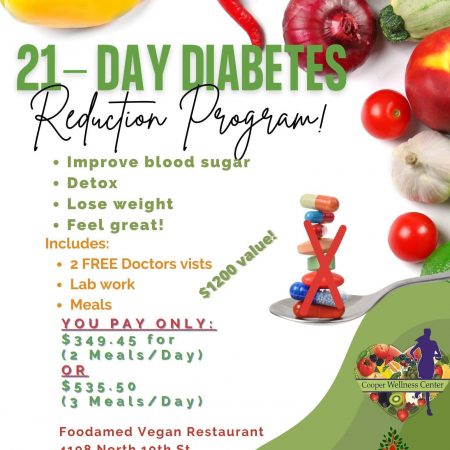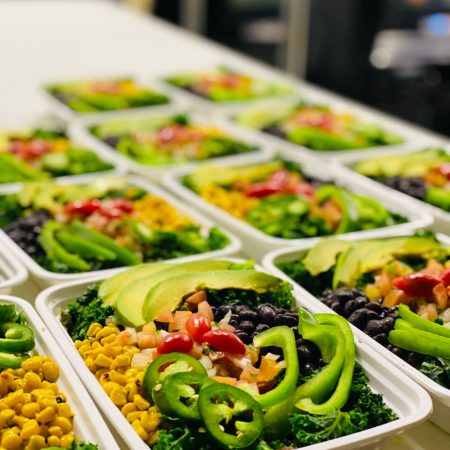Maybe you or a loved one has been diagnosed with diabetes and you think medications will always need to be part of the equation. I have exciting news! There are various steps you can take to get that blood sugar level under control. It begins with what goes into your mouth. Every single food you eat, no matter how little of it you eat, has either a positive or negative impact on the body. When you are diabetic, you have to make it a priority to fill your body with foods that will have the best benefits. Here are my top 7 food recommendations for you.
- Vegetables
All vegetables are well tolerated by diabetics because of their low calorie content but high fiber content, which makes them excellent for the prevention and treatment of diabetes and obesity. There are some vegetables worthy of special mention:
- Artichokes contain an active ingredient called Cynarin that has mild hypoglycemic qualities.
- Celery contains a substance known as Glycoquin, which has a similar function as insulin and thus helps reduce blood sugar levels.
- Mushrooms produce improvement in the disease course, and also contain protein and group B vitamins. They reduce the need for insulin.
- Potatoes are rich in complex carbohydrates and fiber, which releases glucose slowly during digestion. Caution should be exercised on the amount of regular potatoes used by diabetics. Sweet potatoes have a lower glycemic index and thus are better for diabetics.(See this for more information on the glycemic index)
- Legumes
Legumes tend to be very well tolerated by diabetics because they are high in fiber and complex carbohydrates which help to regulate glucose in the blood. Legumes can also be prepared in a variety of tasty ways and are sure to leave you feeling satisfied. See my recipe for Curried Garbanzo Beans (Curried Garbanzo).
- Whole Grains
Whole grains are well tolerated and can be consumed freely as they help prevent diabetes. The high fiber content in whole grains decreases the sudden rise of blood glucose. It is very easy to swap out refined pastas for whole grain pastas and white bread of whole wheat bread. They are just as tasty and even more nutritious.
Wheat germ is a part of the wheat berry which is usually removed in refined products such as white bread. It is deserving of special mention because it contains vitamins B1 and E that have anti-diabetic effects. 4-5 spoons can reduce blood glucose levels and the need for insulin.
- Nuts
Nuts are poor in carbohydrates but high in easily assimilated fatty acids and vitamin B that provide energy. But don’t overdo it! A handful of nuts a day is the healthy way.
- Avocado
Avocados help regulate blood sugar, decrease cholesterol and also regulate fat composition in the blood. There are many tasty ways to add avocado to the diet. It can be used in the form of guacamole, to make salad dressings and on avocado toast, to name a few.
- Onion
We have to admit that onions add tons of flavor to any dish making it an easy addition. Use lots of it. An even greater benefit is that it helps reduce blood sugar. They also alkalize the blood and protect against arteriosclerosis.
- Fruit
Many think fruits aren’t good for the diabetic; however they are very necessary in diabetic diets because of their antioxidant properties that protect against cardiovascular disease. However, caution should be exercised regarding the quantity of fruits used. Be mindful of serving portions and remember moderation. Note that diabetics would do well to avoid dried fruits, although these are healthy for individuals who do not have issues with carbohydrate metabolism.
In order to make things even easier for you, I have taken the time to compile a cookbook with delectable bites you and your family are sure to enjoy. You may purchase your affordable copy here Incredibly Delicious Vegan Recipes. Buen provecho!
To your health,
Dr. Dona Cooper-Dockery, M.D.


